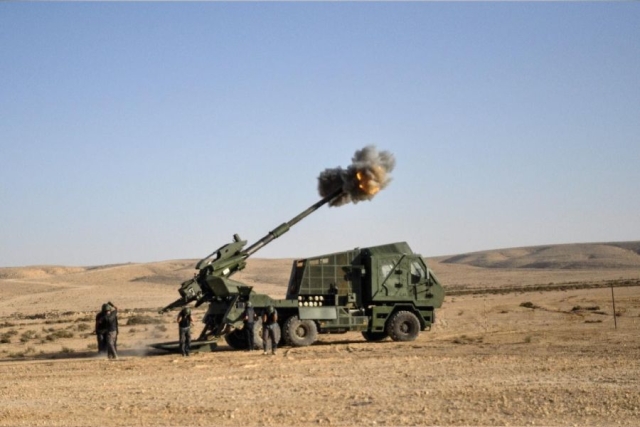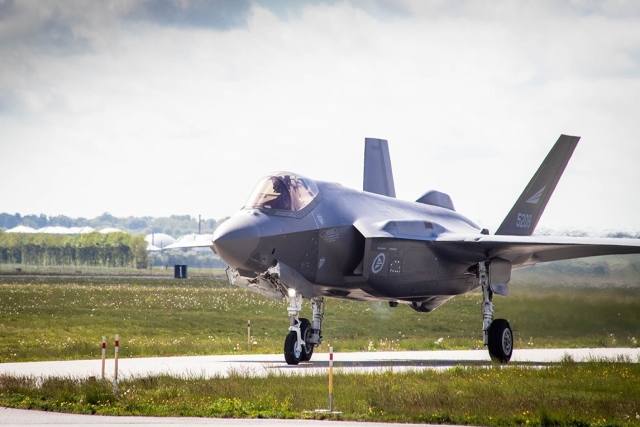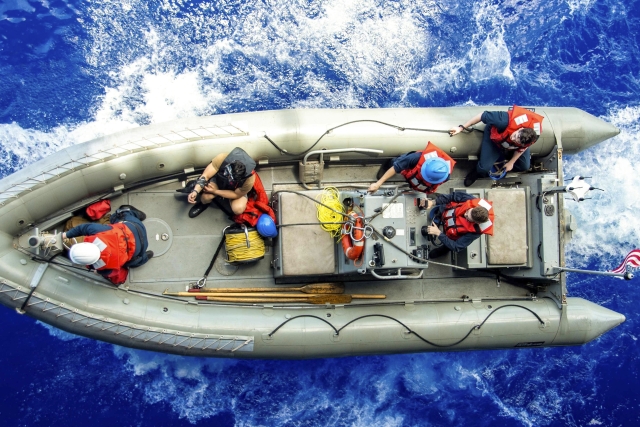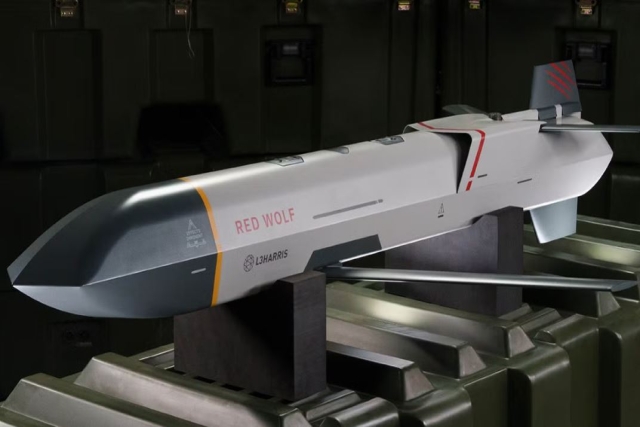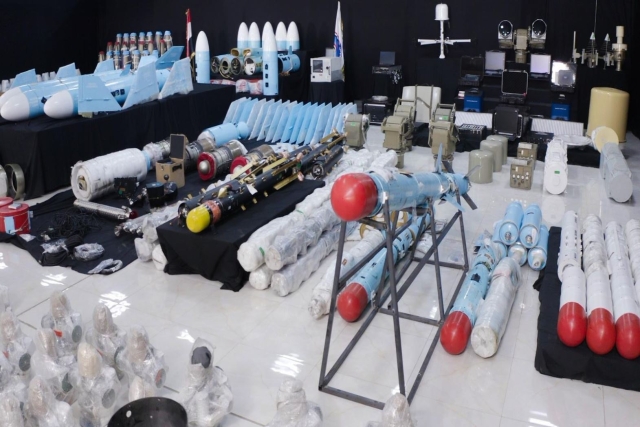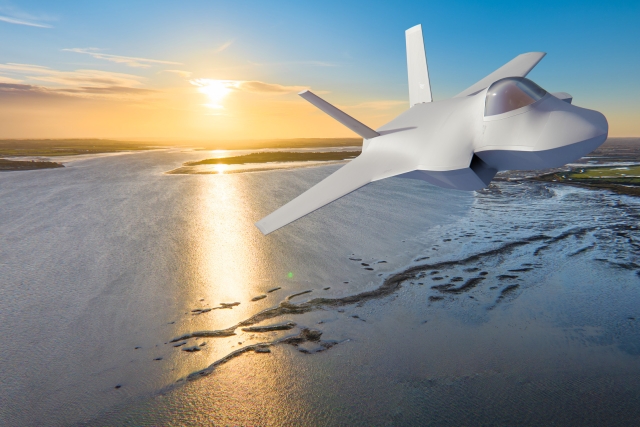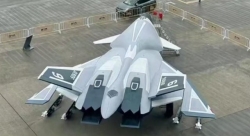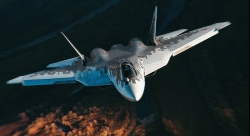After Danish Warship Malfunctions in Red Sea, Another Faces Risk of Accidental Missile Firing
Defense Chief Flemming Lentfer was fired on April 3 for failing to report technical issues with a frigate taking part in anti-Houthi operations in Red Sea .
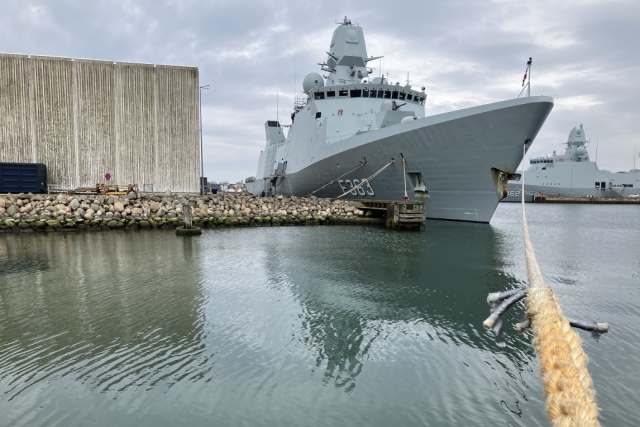
Days after the Danish frigate Iver Huitfeldt experienced a malfunction during anti-Houthi operations in the Red Sea, the launcher's booster of another frigate, Niels Juel, was activated, potentially posing the risk of firing a Harpoon missile.
Confirming the incident, Denmark’s Ministry of Defense said in a statement on April 4 that specialists are en route to resolve the problem.
Until the booster is disabled, there remains a risk of an inadvertent Harpoon missile launch, potentially reaching several kilometers away.
The Harpoon missile is equipped with an activated booster solely for the purpose of a test, thus eliminating the danger of a full missile launch or flight beyond the booster's capabilities, the ministry said.
The estimated danger zone spans up to 5-7 km from Naval Station Korsør in a southern direction, reaching approximately 1,000 meters above the water, and does not extend towards the Great Belt Bridge.

Authorities have informed the police and the Danish Maritime Authority, and ships approaching the hazard area have been advised to wait until the situation is resolved.
Moreover, airspace in the vicinity has been temporarily closed.
Previously, the HDMS Iver Huitfeldt frigate of the Danish Navy, deployed to the Red Sea against Houthi attacks, experienced a malfunction. The frigate was unable to employ ESSM air defense missiles for half an hour, and some of the ammunition from its dual 76mm main battery guns exploded prematurely, close to the ship.
Despite these setbacks, the frigate intercepted four incoming drones, while others were neutralized by additional warships. After a 30-minute restart of the air defense system, ESSM was operational again, and during the hour-long battle, 50 to 100 rounds of 76mm ammunition, along with three missiles, were deployed to intercept four unmanned aerial vehicles.
Denmark’s Defense Minister, Troels Lund Poulsen, dismissed Defense Chief Flemming Lentfer on April 3 for failing to report the technical issues with the frigate promptly.
Previously identified radar and combat management system issues were more severe than anticipated, reports say. The ship employs the Thales APAR radar, which was also a primary sensor on the German Sachsen-class frigate Hessen, experiencing similar air defense missile problems in February.
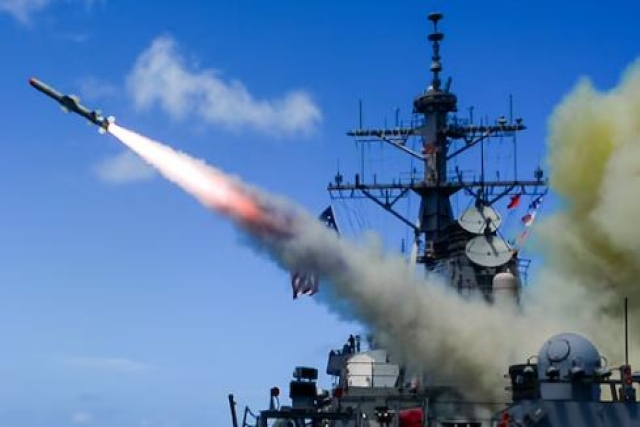
Thales, responding to inquiries in Denmark, issued a concise statement indicating that the preliminary investigation conducted by Danish authorities "does not suggest any issues with the APAR radar."
Notably, spare parts and equipment, including two 76mm guns, were sourced from other Danish warships before the frigate's deployment to the Red Sea.
